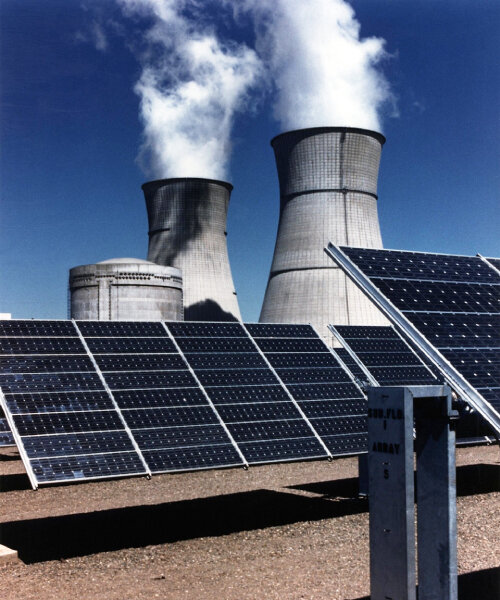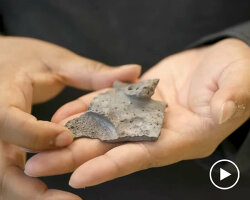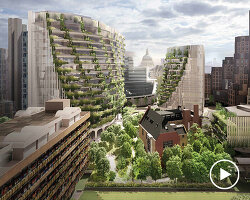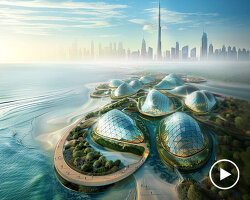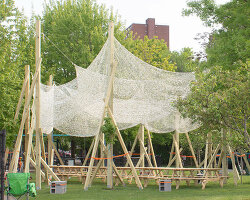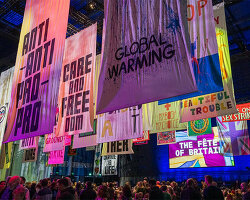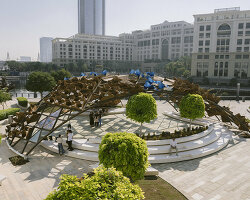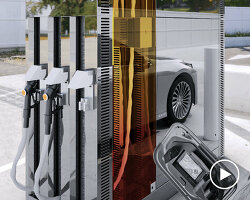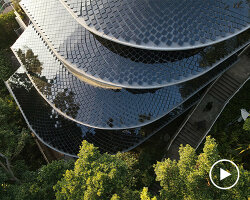UNESCO’s first report on ethics of climate engineering
In time for the COP28 event in Dubai, UNESCO’s World Commission on the Ethics of Scientific Knowledge and Technology (COMEST) has published its first-ever report on the Ethics of Climate Engineering, or the use and adoption of new technologies to help reduce the impacts of climate change including carbon dioxide removal and solar reflectivity, along with specific guidelines and recommendations for their possible use.
This report documents the range of climate engineering technologies, which fall into two main categories. The first category is Carbon Dioxide Removal, which involves repelling carbon out of the atmosphere. Some examples include building industrial-scale carbon removal infrastructure, planting trees to absorb carbon emissions, or removing carbon dioxide from air using an electricity-based device.
The second is Solar Radiation Modification, which means reflecting sunlight back into space. Injecting aerosols into the stratosphere or painting roofs in light colors are considered as examples for this category. Swinging between these two, UNESCO’s Ethics on Climate Engineering report documents the risks and opportunities of creating infrastructure and methods to solve these problems or aggravate them.
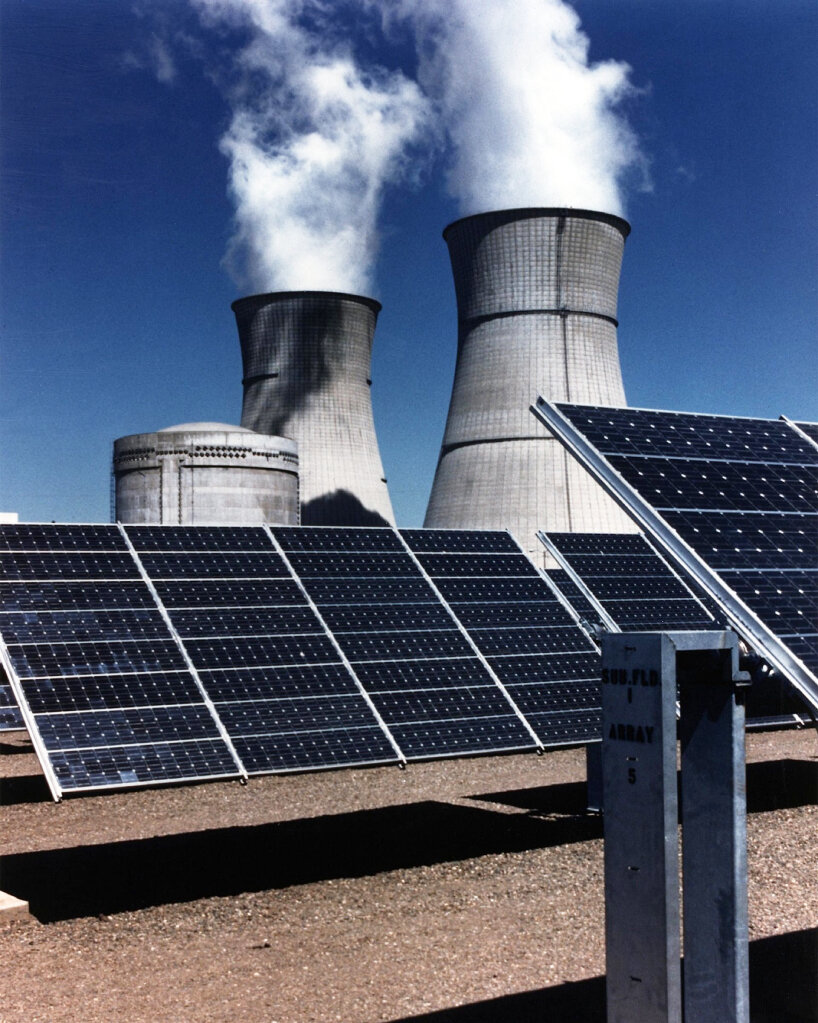
UNESCO’s report on Ethics of Climate Engineering including carbon removal | image by Pixabay, via Pexels
COP28, also known as the United Nations Climate Change Conference, runs between November 30th, 2023, through December 12th, 2023, in Dubai and serves as a platform for companies and organizations to showcase how they are planning to tackle the global challenge of climate change using their programs, installations, products, and more. The entrance of UNESCO’s Ethics on Climate Engineering report surfaces in time, given the climate disruption continuing at an alarming pace, as UNESCO claims, when people’s intervention and actions still fall short of reducing carbon emissions and global warming.
According to the report, climate engineering, also known as geoengineering, becomes an alternative to speed up the response in removing carbon from the atmosphere and reflecting sunlight into space. Take the City University of Hong Kong’s cooling ceramic tiles as an example where they replicate the bio-whiteness of the Cyphochilus beetle in hopes of deflecting heat, reducing home air-conditioning usage, and, as an outcome, combating global warming.
Another case to make is through VTT Technical Research Centre of Finland’s spin-out company Carbonaide which may fall under the same umbrella since they attempt to transform carbon dioxide into carbon-negative concrete blocks that can eventually become a carbon sink, or an object that can absorb carbon dioxide from the atmosphere.
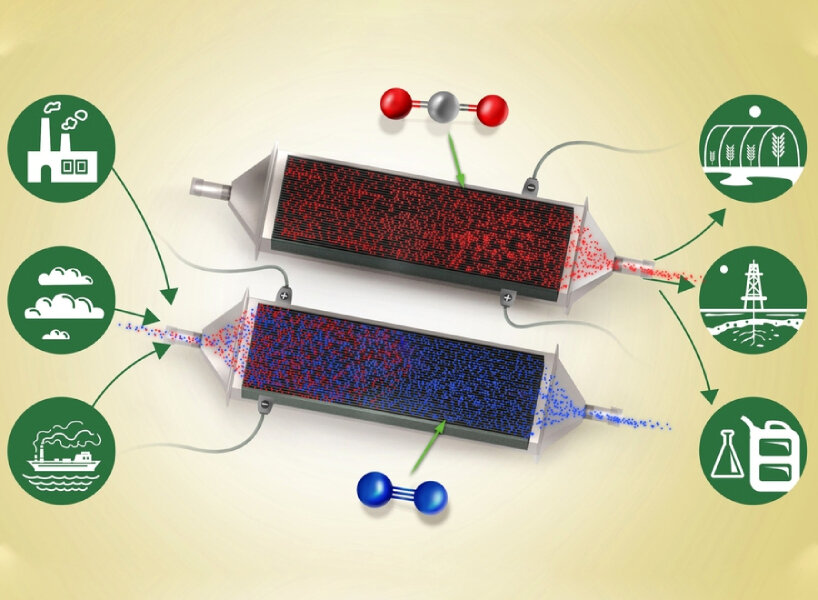
MIT’s Verdox | image by MIT | read more here
Can big-scale technologies reduce climate change’s impact?
While these inventions may be beneficial long-term, UNESCO’s COMEST advisory body and its first-ever report on the Ethics of Climate Engineering still express fear that these designs may cause problems rather than solve them. The report conveys its worry that trying to control the weather or reduce the impact of climate change including carbon dioxide removal and solar reflectivity using big-scale technologies might create issues. Fortunately, the first two mentioned might not be seen as industrial-scale effects, but rather micro ways that can induce greater impact.
There’s also a fear that focusing too much on these climate engineering solutions might take attention and financial support away from the inventions and technologies that have already been placed or developed to reduce emissions and adapt to climate change. These concerns may have been on the table when Vincent Callebaut’s twisting carbon-absorbing tower in Taipei was first introduced. The premise began when the Belgian-born, Paris-based architect was chosen in 2010 to construct a sustainable residential tower in central Taipei’s Xinjin district.
The idea for the Tao Zhu Yin Yuan Tower was to build a double-helix spiraling tower with open gardens and green energy to help reduce carbon emissions. A documentary showcases how the 21-story tower can do just that, partly steering from UNESCO’s report since the established tower can offer a solution to decrease carbon emissions while affirming the concerns from the perspective of building the tower and what it generated in the making.
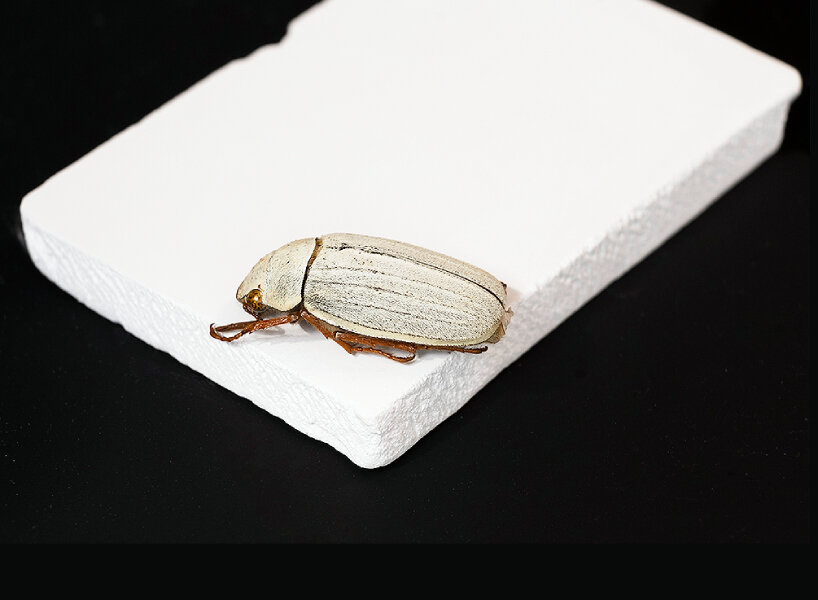
City University of Hong Kong’s cooling ceramic | image by City University of Hong Kong | read more here
The report on the Ethics of Climate Engineering also brings up the concern that people may not know enough about these new climate-shifting technologies yet, so transparency in educating them on how they work is a must. On top of that, wide-ranging and unexpected effects on the environment, human health, oceans, and more may occur caused by these technologies, so depending too much on them to solve the environmental crises could be risky.
A suggestion indicated in the UNESCO report is that people need to do more research to understand these technologies better and figure out through data gathering, verification, and comparison if they’re safe and useful. This may also mean that companies, brands, and organizations might have to start being more open to the public on the effectiveness and the process of making their carbon-removal and solar-reflecting methods.
When a team of engineers from Purdue University invented the whitest paint ever that can cool buildings down and can be applied to other objects and surfaces to achieve the same effect, they detailed the information in their study, which included the paint reflecting up to 98.1 percent of sunlight back into space. In 2022, they made changes to the formula to make it even lighter and thinner and documented it, including what went into the formula and results of the findings for public viewing.
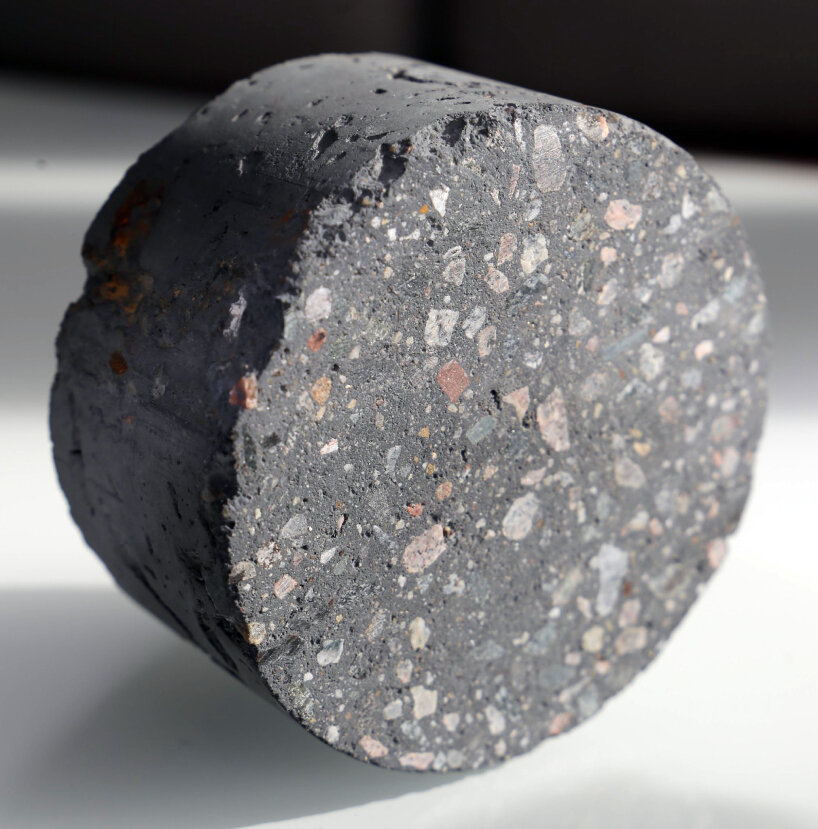
Carbonaide’s carbon-negative concrete | image by Carbonaide | read more here
In this case, the viewers can freely read the information themselves, so they can be updated on whether or not the white paint can deflect heat. The engineers’ attempt to be transparent with their information can help the viewers form their deductions and allow them to find ways to verify the effectiveness of the formula in cooling down spaces. The same theory may go with Brilliant Planet’s massive algae ponds in the coastal desert of Morocco which targets to sequester carbon at the gigaton scale.
The team states that they would produce algae and convert it into stable biomass before burying it, where the carbon dioxide remains stable and locked for thousands of years. This method is thought of to remove carbon dioxide permanently from the atmosphere, and in the process, they can also deacidify vast amounts of seawater to strengthen the local coastal ecosystem.
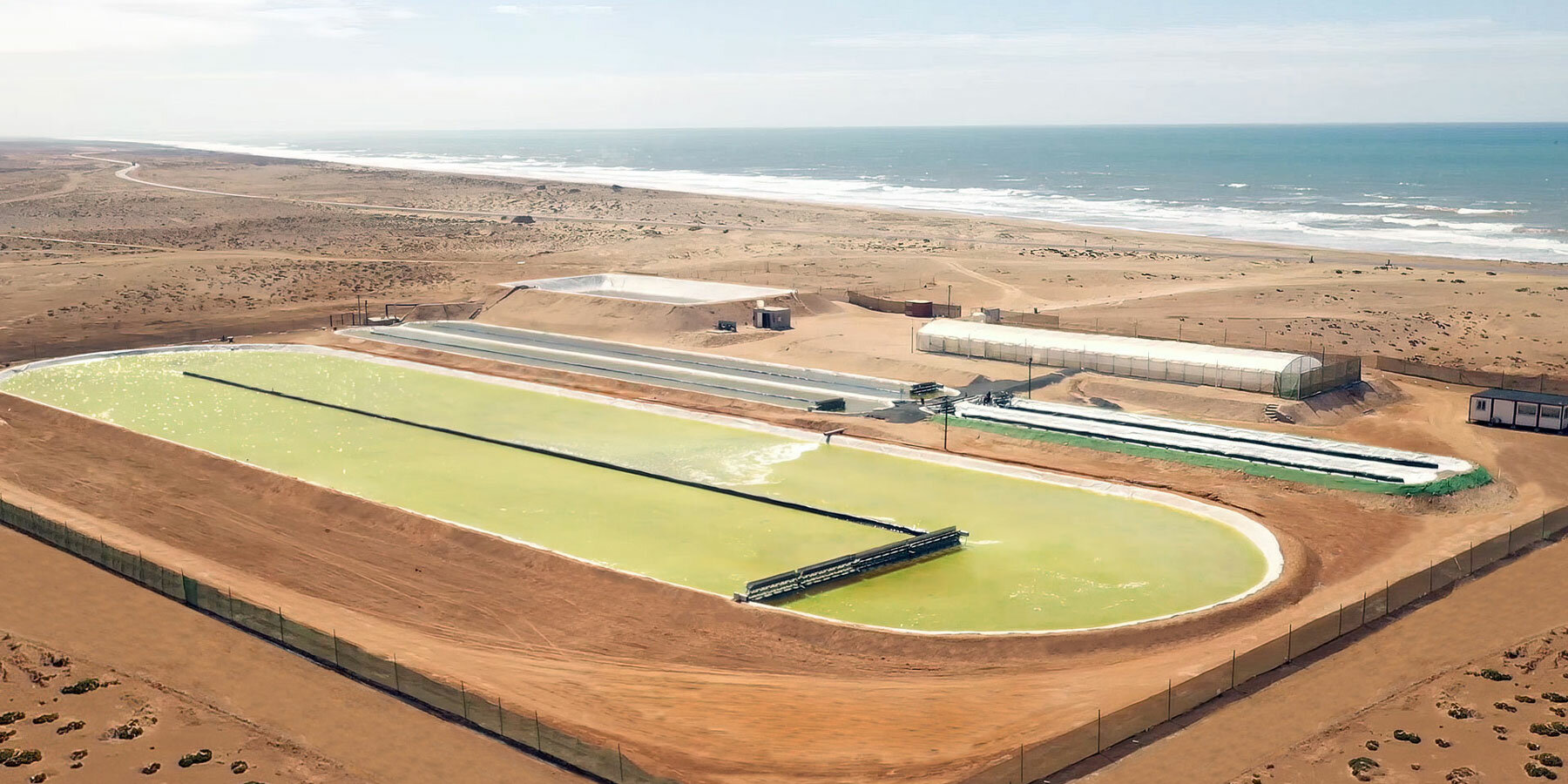
Brilliant Planet’s algae ponds | image by Brilliant Planet | read more here
While the information is online, the team’s scarce updates on their progress may validate UNESCO’s report on the lack of transparency in introducing and building new climate engineering technologies, some of them can even lead to high costs of development and deployment which could also exacerbate global inequalities between countries of different economic weight, especially in terms of the distribution of risks.
SOM’s Urban Sequoia tower concept, which was unveiled at COP26, may also share the same high-cost concern, but it can be outweighed if the desired outcomes for it are reaped eventually. The concept of the tower is to capture carbon, purify the air, and regenerate the environment by minimizing the materials that would be used to construct it and integrating biomaterials, advanced biomass, and carbon capture technologies into the architecture.
SOM hopes that in the first five years of the tower’s life, the building would reach a 100 percent reduction in whole-life carbon and that over its 100-year lifespan, the building would absorb more than 300 percent of the amount of carbon emitted in its construction and operation (meaning carbon would inevitably be produced first).
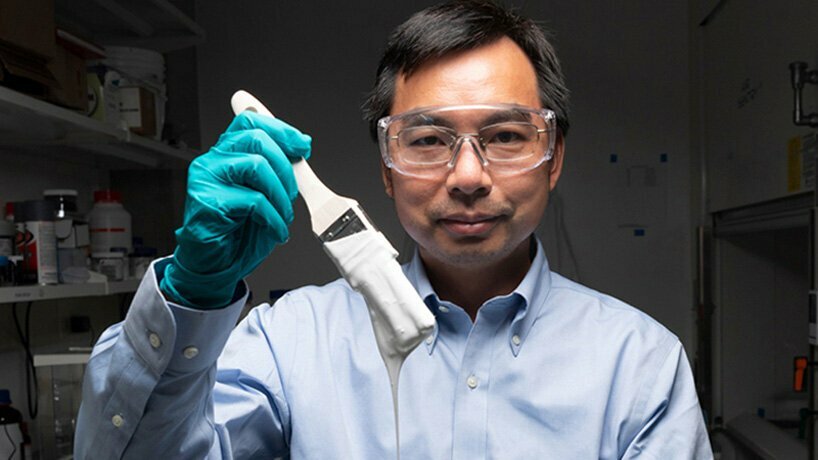
whitest paint ever | image by John Underwood, courtesy Purdue University | read more here
UNESCO’s ethics of climate engineering reports governance
UNESCO’s report enlists specific recommendations for Climate Engineering research and governance. The ethics see the participation of the countries that should make laws to control these new climate technologies because they could cause harm. In this way, if something goes wrong, there would be rules to deal with it. These nations also need to think about how their decisions on climate technologies might affect other countries since this is a shared responsibility, so they should work together openly.
UNESCO also states that people who are most affected by climate change, especially those who might be harmed by these technologies, should be involved in making decisions about them. As for the scientists, they should also follow clear ethical rules that are agreed upon internationally when they study and develop these climate technologies.
UNESCO shares the report, which can be read here, on the Ethics of Climate Engineering to its 194 member countries for them to know, understand, and apply the rules regarding designing new technologies that can reduce carbon emissions and reflect sunlight back into space, such as the conceptual Oversky infrastructure which hopes to combat urban heat waves using radiative cooling applied on a series of floating, modular systems.

SOM’s Urban Sequoia tower | rendering © SOM | read more here

Framlab’s Oversky | image by Lerone Pieters | read more here
project info:
name: Report on the Ethics of Climate Engineering
organization: UNESCO
advisory body: World Commission on the Ethics of Scientific Knowledge and Technology
carbon neutrality? (152)
climate change (153)
COP28 (4)
solar power (376)
PRODUCT LIBRARY
a diverse digital database that acts as a valuable guide in gaining insight and information about a product directly from the manufacturer, and serves as a rich reference point in developing a project or scheme.
